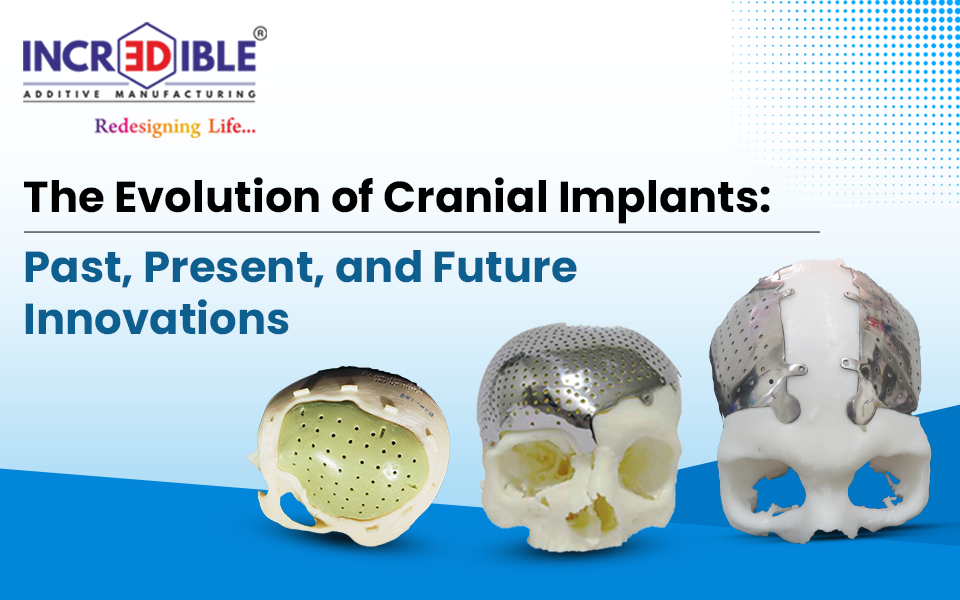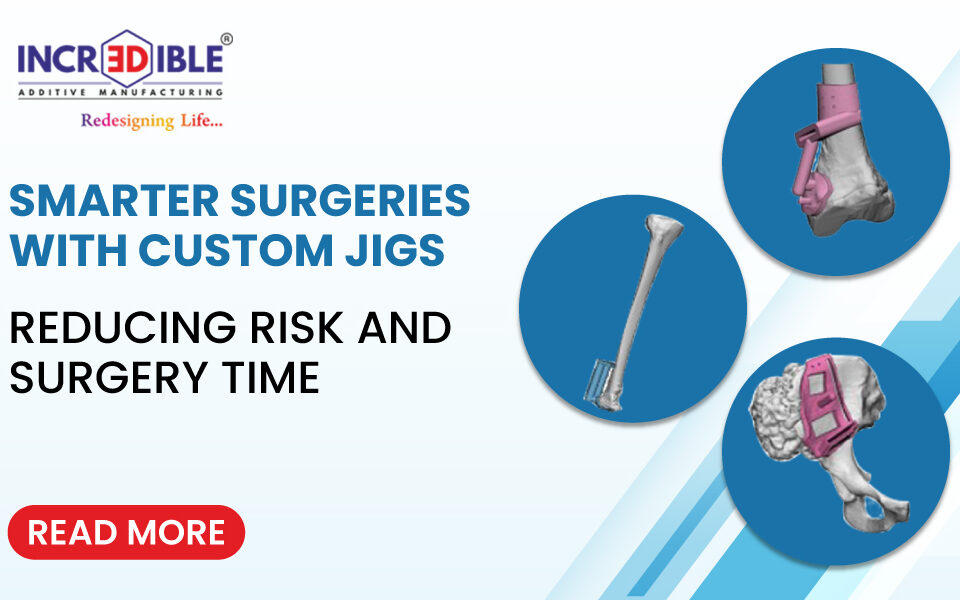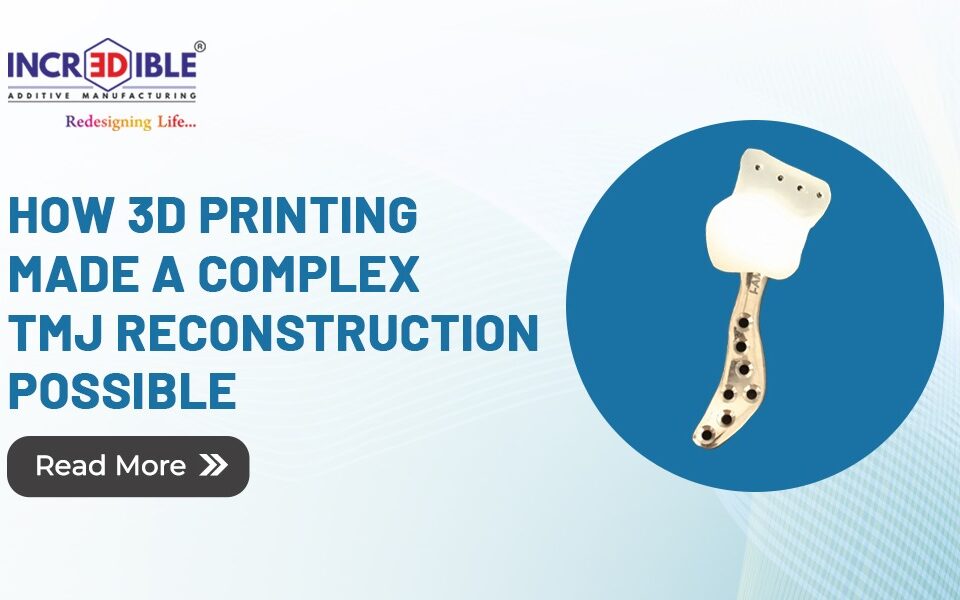A limb salvage surgery a procedure well associated with orthopaedic and oncologic surgeons performed to remove a tumour in a limb (arm or leg) without the removal of the whole limb and supporting the area with an implant. It has been in practice for quite a good time.The basic principle for limb salvage surgery has always been debridement and stabilisation.But what has changed with time is advent of newer materials and precise support system and technique. This has led to a more predictable result with reduced complications.
With continuous advancements in medical field like microvascular tissue transfer, newer reconstructive options like perforator and propeller flaps, negative pressure wound therapy (NPWT), endovascular procedures to improve limb perfusion, advances in skeletal fixation, Ilizarov bone lengthening for bony defects, growth factors for the osseous healing and improvised podiatric care with custom made footwear most limbs can now be salvaged. Along with these, advent of 3D printing has made the procedure more predictable in terms of prognosis, stability & functionality.
3D printing is now widely performed to customize implants in orthopaedic surgeries. This additive manufacturing method facilitates the rapid and cost-effective fabrication of customized implants. In contrary to traditional metal casting method, 3D printing technology facilitates the production of implants with a constant internal pore.
A titanium alloy implant manufactured by additive printing method of appropriate pore size can potentially enhance osseointegration and soft tissue integration. Soft tissue adhesion is important for limb salvage surgery in treating orthopaedic tumours to effectively re-establish the muscle origins or insertions that are detached during surgical tumour resection. In addition, soft tissue adhesion can reduce the dead space to prevent postoperative infection.
Importance of predictable results in Limb salvage surgery (LSS)
Accurate predictions of functional outcome after limb salvage surgery in the lower limb are important for several reasons, including informing the patient preoperatively and, in some cases, deciding between amputation and LSS.
The advanced technology of recreating the 3-Dimensional design by scanning the patient’s damaged limb can help surgeons calculate the outcomes of the surgery in a more efficient manner using computer simulations without actually performing the surgery. The expected functional outcome of patients after LSS is an important part of the preoperative decision making process for the surgical treatment.
The advanced 3D printing or additive manufacturingof limb implants also assures successful osseointegration of newly placed implant and its superior performance in long run for the patient and reduces the chances of postoperative infection.
Implant design and process
The design process is well coordinated for customized 3D-printed implants and surgical bone-cutting guides using USFDA/CE approved designing software through communication between orthopaedic oncologists and design engineers.
Computerized tomography (CT) and magnetic resonance imaging (MRI) scans with a thin section thickness of less than 1 mm are used to form designs during this process. A graphical 3D model is created to finally manufacture a 3D printed part of high accuracy in size.
The 3D printed implants has both lattice and solid structures in order to enhance bone ingrowth and to support mechanical strength.
3D printing is an additive manufacturing technique, the porosity and roughness of a surface can be appropriately adjusted using this technique. This also allows the prospect of accurately sized implants as per the patient’s measurements.
Conclusion
There is a constant growth in advanced technology in the medical field for a better treatment of patient who require a limb salvage surgery. However a 3D printing technology revolutionizes this process and gives an opportunity to surgeons to give more predictable results to the patient. Incredible AM Pvt. Ltd. has a series of advanced implant printing technology with high accuracy and strength called LimbSal Ortho. This product has been a boon to the surgeons performing the limb salvage surgery (LSS).




